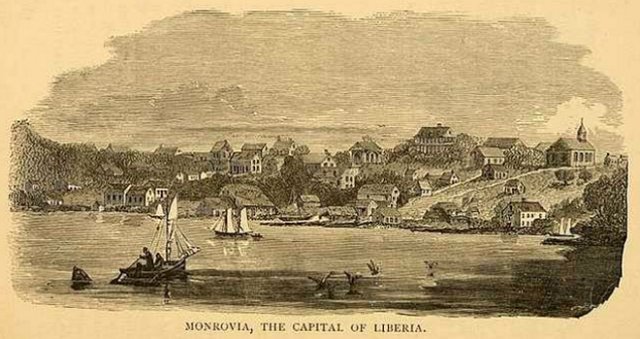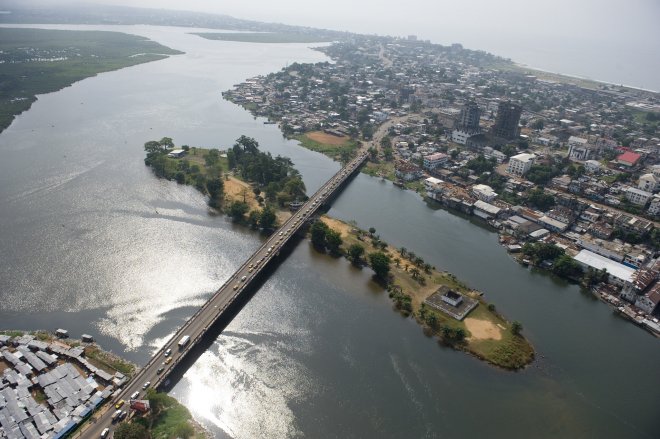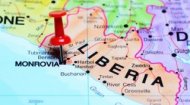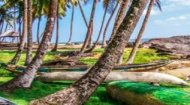
|
Monrovia Profile |
Monrovia Profile |
Monrovia Profile | Monrovia Profile |
Find out all about Liberia in a series of information articles, latest daily news, videos, and images.
More >
 |

As Monrovia developed, it did so with very much an American flavour as its inhabitants saw themselves as more American that African. This was reflected in its architecture and indeed its social structure with the former slaves occupying Monrovia proper whilst indigenous tribes including the Krus, Bassas and Grebos and others being consigned to the wider area known as Krutown. During the 19th and 20th centuries, Monrovia experienced periods of political instability and conflict, including a civil war that lasted from 1989 to 2003 that saw vast swathes of the city destroyed and yet more damaged. However, in recent years, the city, located in north-west Liberia on the mouth of the St Paul River, has been working towards rebuilding and reestablishing itself as a thriving hub of culture and commerce. Monrovia is home to a diverse population, with a mix of ethnic groups and religions. The majority of the population is Christian, with a significant Muslim minority. The official language is English, but many locals also speak various indigenous languages. The economy of Monrovia is primarily driven by agriculture, fishing, and mining. Life in Monrovia is characterized by a unique blend of traditional and modern cultures. The city is known for its lively street markets, where vendors sell everything from fresh produce to handmade crafts. Visitors can also experience traditional Liberian cuisine, which includes dishes like jollof rice, fufu, and palm butter soup. The city is home to a vibrant arts scene, with numerous galleries, museums, and cultural centers showcasing the work of local artists and craftsmen. The city also hosts various festivals and events throughout the year, celebrating Liberian culture and heritage. Monrovia offers a wide range of tourist attractions for visitors to explore. Some of the most popular sites include: The Liberian National Museum: Located in the heart of Monrovia, the museum offers a comprehensive overview of Liberian history, culture, and art. Visitors can learn about the country's colonial past, as well as its struggle for independence and the role of the United States in its development. Today Monrovia serves as a working port with sprawling neighbourhoods outside the city centre itself that are home to mainly poor communities. The video takes you on a tour of Monrovia so you can explore aspects of the city yourself. It gives a good overall view of life in Monrovia today. After you've watched this video why not make a virtual landing at Monrovia's main airport then explore Monrovia using our interactive map linked to above. |





 The city is also a major center for trade and commerce, with a bustling port that serves as a gateway to the rest of West Africa. Monrovia is known for its textiles, rubber, and iron ore exports, as well as its vibrant markets and street vendors.
The city is also a major center for trade and commerce, with a bustling port that serves as a gateway to the rest of West Africa. Monrovia is known for its textiles, rubber, and iron ore exports, as well as its vibrant markets and street vendors.


